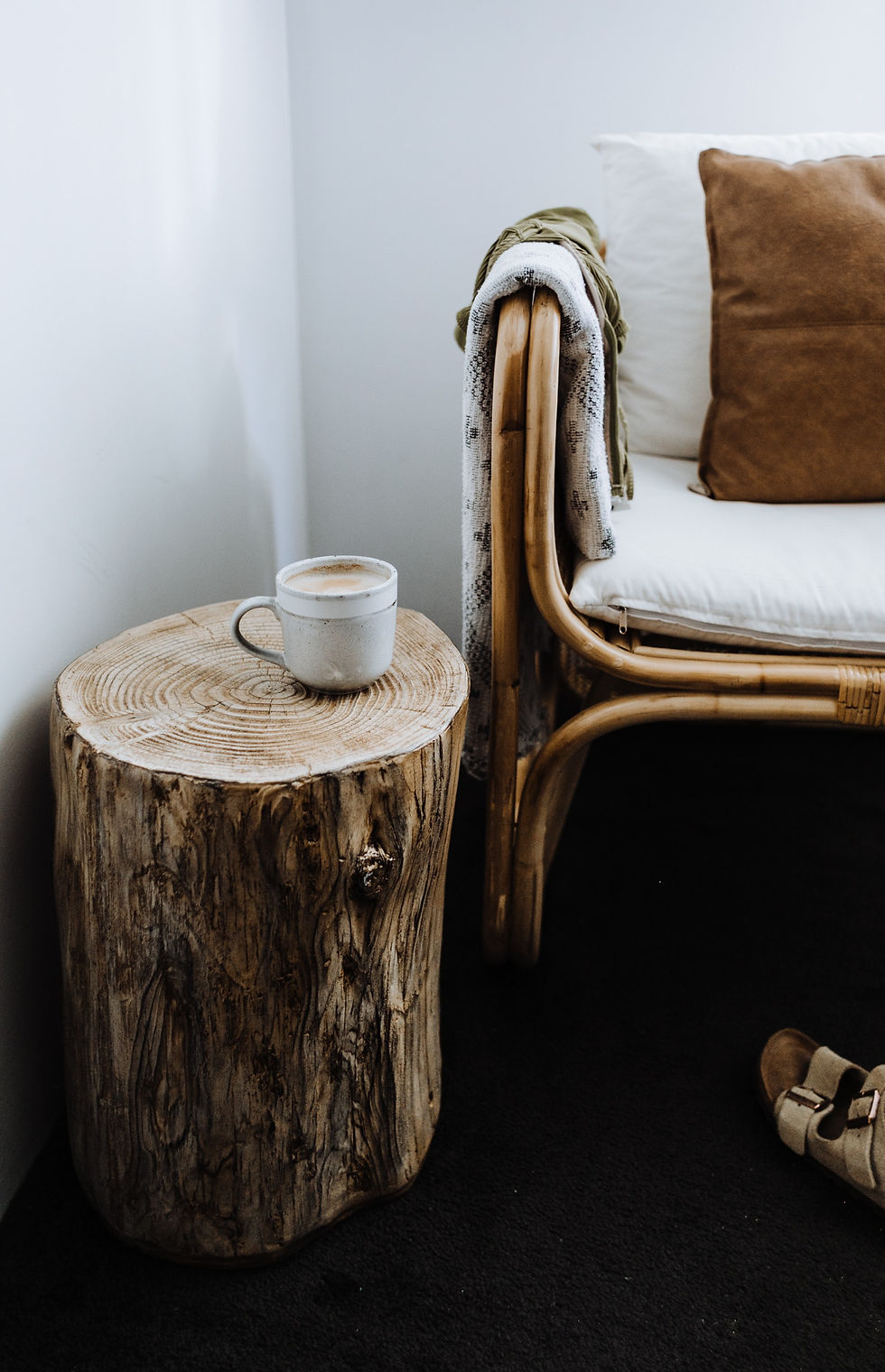Train Your Brain for Sleep: Put the Day to Rest
- Doctor BeneFIT

- Apr 1, 2020
- 3 min read
Do you tend to lie in bed with thoughts running through your mind?
Do you feel like you cannot turn off your mind and that your thoughts keep you awake at night?
Often people with sleep problems cannot “turn off their minds” when they get into bed and as a result have trouble falling asleep. Do not try to solve your problems in bed.
Implement the "Day to Rest" technique:
Early in the evening, think about your day
Write down in a notebook any concerns or worries from the day
Anticipate what might come to mind in bed tonight and write it down
Write a "to-do" list for tomorrow
Use this time to feel more organized; close the notebook when you are finished
At bedtime, remind yourself that you have already dealt with worries and concerns
If new thoughts come up, leave the bedroom and write them in the notebook
Let yourself focus on positive thoughts and memories in bed
Train Your Brain to Sleep: Bedtime Wind-Down
Create and use a Bedtime Wind-Down to get into the habit of relaxing and preparing for sleep.
It is important to get your body into the habit of sleep. Our brains are creatures of habit and respond to signals and cues that we are not even aware of. One signal you can use to increase the likelihood of sleep is a set of activities that you do at the same time and in the same way every night. Using the same relaxing routine every night in the hour before bedtime will get your brain into a habit of expecting sleep to follow. Be sure to choose activities that are relaxing and calming, and avoid those that are energizing or thought-provoking.
Example of Bedtime Wind-Down Routine:
Practice calm breathing or other relaxation exercise
Listen to relaxing music
Do some light reading
Take a warm (not hot) bath or shower
Meditate or pray
Progressive Muscle Relaxation
Progressive muscle relaxation is a technique that involves tensing specific muscle groups and then relaxing them to create awareness of tension and relaxation, in turn promoting full body relaxation. It is termed progressive because it proceeds through all major muscle groups, relaxing them one at a time, and eventually leads to total muscle relaxation.
Instructions:
Step 1. Assume a comfortable position. You may lie down. Loosen any tight clothing.
Close your eyes and be quiet.
Step 2. Assume a passive attitude. Focus on yourself and on achieving relaxation in specific body muscles. Tune out all other thoughts.
Step 3. Tense and relax each muscle group as follows:
Forehead - Wrinkle your forehead; try to make your eyebrows touch your hairline for five seconds. Relax.
Eyes and nose - Close your eyes as tightly as you can for five seconds. Relax.
Lips, cheeks and jaw - Draw the centers of your mouth back and grimace for five seconds. Relax. Feel the warmth and calmness in your face.
Hands - Extend your arms in front of you. Clench your fists tightly for five seconds. Relax. Feel the warmth and calmness in your hands.
Forearms - Extend your arms out against an invisible wall and push forward with your hands for five seconds. Relax.
Upper arms - Bend your elbows. Tense your biceps (the muscle at the front of your upper arm) for five seconds. Relax. Feel the tension leave your arms.
Shoulders - Shrug your shoulders up to your ears for five seconds. Relax.
Back - Arch your back off the floor for five seconds. Relax. Feel the anxiety and tension disappearing.
Stomach - Tighten your stomach muscles for five seconds. Relax.
Hips and buttocks - Tighten your hip and buttock muscles for five seconds. Relax.
Thighs - Tighten your thigh muscles by pressing your legs together as tightly as you can for five seconds. Relax.
Feet - Bend your ankles toward your body as far as you can for five seconds. Relax.
Toes - Curl your toes as tightly as you can for five seconds. Relax.
Step 4. Focus on any muscles that may still be tense. If any muscle remains tense, tighten and relax that specific muscle three or four times.
Step 5. Fix the feeling of relaxation in your mind. Resolve to repeat the process again.
Remember, people respond differently to various activities. Some feel pleasant or refreshed, and others feel calm and relaxed after an activity like this one. Some people notice little change the first time, but with practice, their control increases - as well as the benefits. If you practice this activity, your relaxation should increase.
A great relaxation practice resource:
YOUR PLAN
1. Try calm breathing during day (5-minute practice) and at night, while lying in bed.
2. Set aside time during the day to practice progressive muscle relaxation.
3. Practice putting the day to rest every night for seven nights, in a row.
4. Practice a bedtime wind-down every nigh for seven nights, in a row.






Comments